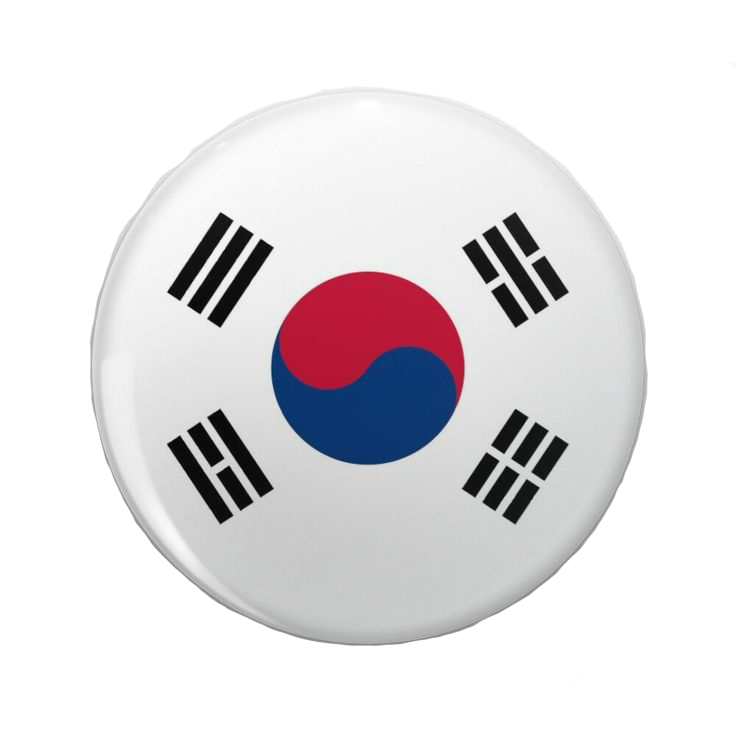IDRSLOT138 adalah situs slot online terpercaya yang menawarkan pengalaman bermain slot gacor terbaik hari ini. Dengan koleksi game Slot 888 dan Slot777 resmi, IDRSLOT138 dikenal sebagai tempat paling mudah untuk meraih kemenangan besar. Situs ini menyediakan berbagai pilihan permainan slot dari provider ternama, dengan tingkat RTP tinggi dan fitur bonus melimpah yang membuat peluang menang semakin besar.




















 LOGIN
LOGIN DAFTAR
DAFTAR WHATSAPP
WHATSAPP LIVECHAT
LIVECHAT